LHI Sf-2 CN. Uchukei
Telescopic Mobile Crane
Stage 2 Colonisation Construction Unit
There, every step of the way.
~ LHI Space Crane Project
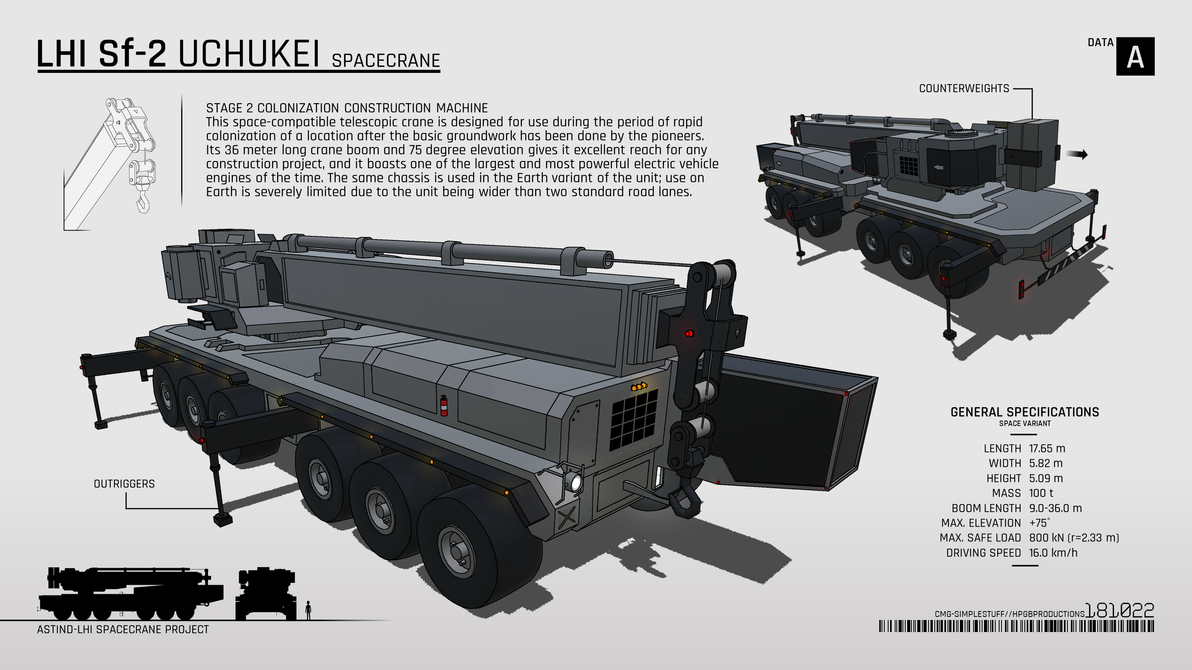
Announcement
Read the manual, bakas
--- USER MANUAL ---
GENERAL BASEFRAME CONTROLS:
Pitch - Vehicle Engine
Yaw - Vehicle Steering
LandingGear - Extend Outriggers
AG1 - Detach Hook
GENERAL CRANE CONTROLS: (same as Sf-1)
AG2+VTOL - Crane Rotation "Coarse"
AG2+Trim - Crane Rotation "Fine"
AG3+VTOL - Crane Arm Telescopic Extension
AG3+Trim - Crane Arm Elevation
AG3+Throttle - Cable Control
AG4 - Hook Latch
ADDITIONAL CONTROLS:
AG5 - Additional Lights
AG6 - Driving Lights
AG7 - Close Crane Air Vent
( i ) LOW PHYSICS: always keep the cable slightly extended (~25% or more) to prevent the cable from breaking.
( i ) The cable and its related assemblies are the same as the Sf-1.
[Finding] Normal blocks work better as bases for outriggers than fuselage blocks. Normal blocks bend less on pistons and produce a stronger "elastic force" when brought from the attach point.
CAMERAS:
Custom1: Orbit Hook
Custom2: Orbit Pulley
Custom3: Orbit Frame Centered
Custom4: POV Driver
Custom5: POV Crane Operator
--- End USER MANUAL ---

The Sf-2 "Uchukei" is a Stage 2 Colonisation Construction Unit, part of the Sf-series Space Crane project. It is built by LHI in a way resembling the mobile telescopic cranes used often throughout the early 21st Century.
Length: 17.65 m
Width: 5.82 m
Height: 5.09 m
Mass: 100 t (Space variant)
Boom Length: 9-36 m
This unit was to be used after the first stage of colonisation where robots, and later people, laid down the groundwork for upcoming massive development. After an extended period of building surface structures, it could go on to be used for general utilities.
The six-axled electric vehicle could support massive weights, especially on lower gravitational field strength areas like the Moon. However, the long chassis was unsuitable for use on rocky terrain. Earlier colonisation machines could be used to terraform land to build roads to then allow next-stage machines to pass.
The chassis was also too wide to be used extensively on Earth, as it required over two standard road lanes. This limited its use to the main colonisation locations of the Moon and Mars.
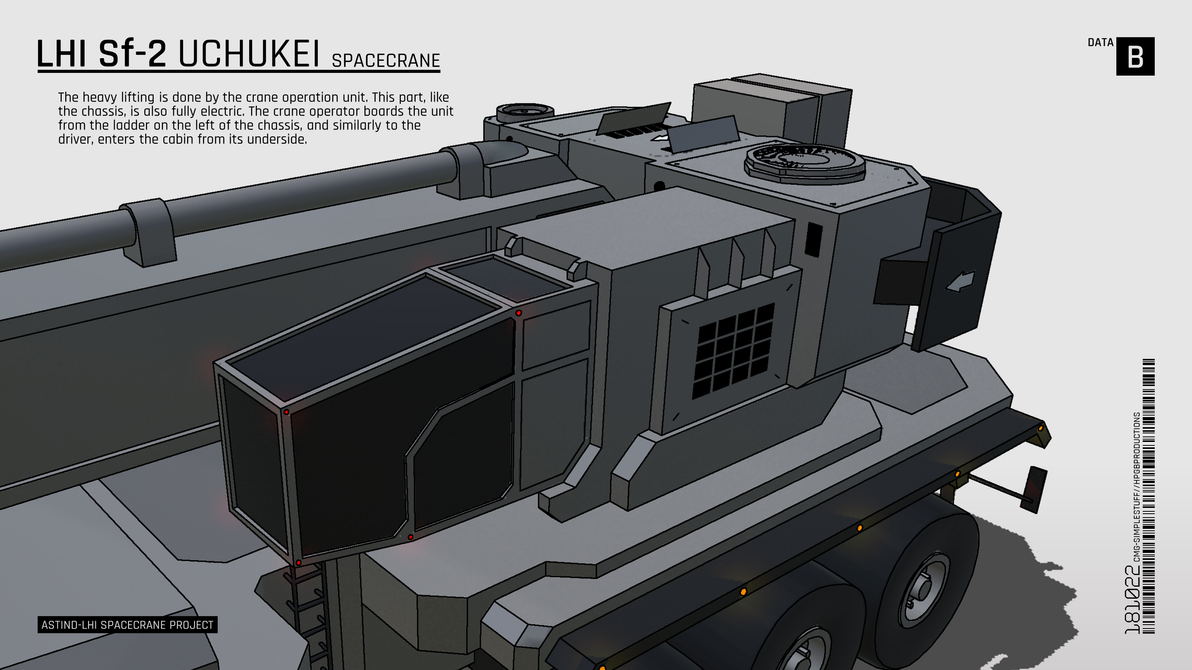
The chassis had other uses as well. LHI tested a hauling unit, where the crane was removed and the back was redesigned into a single deck.
PRODUCTION
The number of Sf-2 units produced is estimated to be 150. Almost all of these units were transported to the Moon or Mars.
Each unit starts from about $15 million (Earth unit) and is produced in a built-to-order scheme. A high-end Space unit costs up to $30 million. Any private corporation or government organisation may purchase Sf-2 units.
Sf-2 parts are also sold individually and separately. The rechargeable power cell, electric powerplant, and basic life support system can be easily purchased from LHI and AstInd. buildings.

Specifications
Spotlights
- flyingsteve88 7.1 years ago
- Chancey21 7.1 years ago
General Characteristics
- Predecessor !sf2-rebk
- Created On Android
- Wingspan 19.1ft (5.8m)
- Length 57.9ft (17.7m)
- Height 16.7ft (5.1m)
- Empty Weight 50,757lbs (23,023kg)
- Loaded Weight 52,089lbs (23,627kg)
Performance
- Power/Weight Ratio 0.453
- Wing Loading 439,839.3lbs/ft2 (2,147,483.6kg/m2)
- Wing Area 0.0ft2 (0.0m2)
- Drag Points 26054
Parts
- Number of Parts 705
- Control Surfaces 0
- Performance Cost 2,410

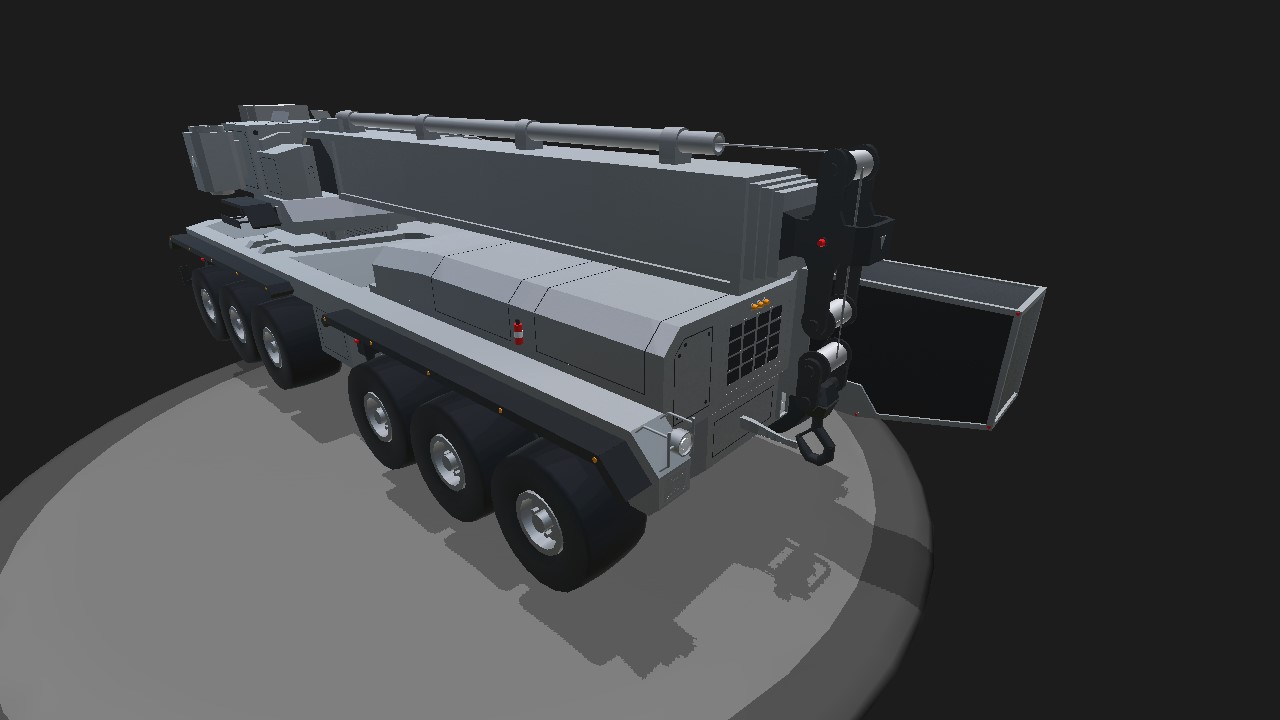

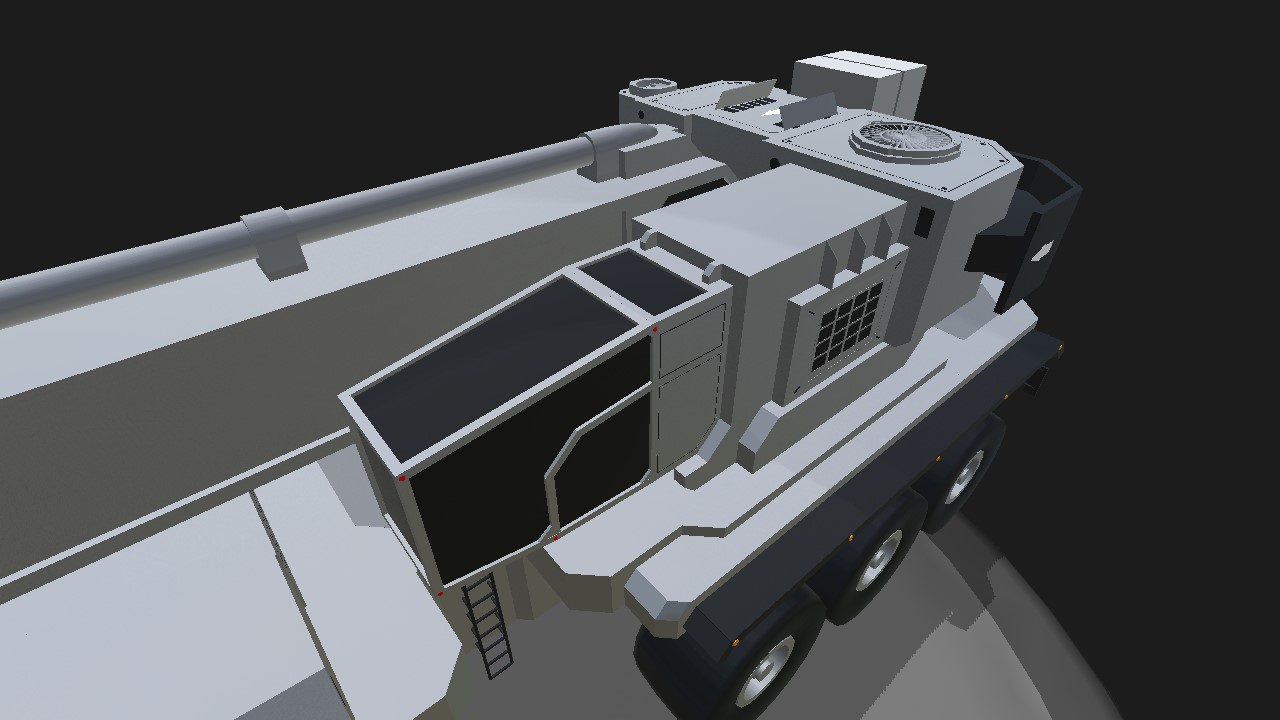
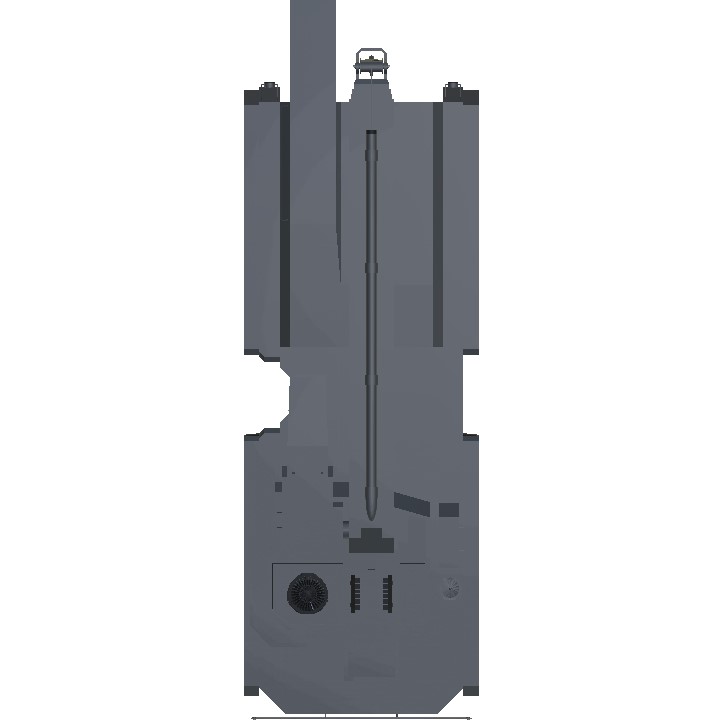
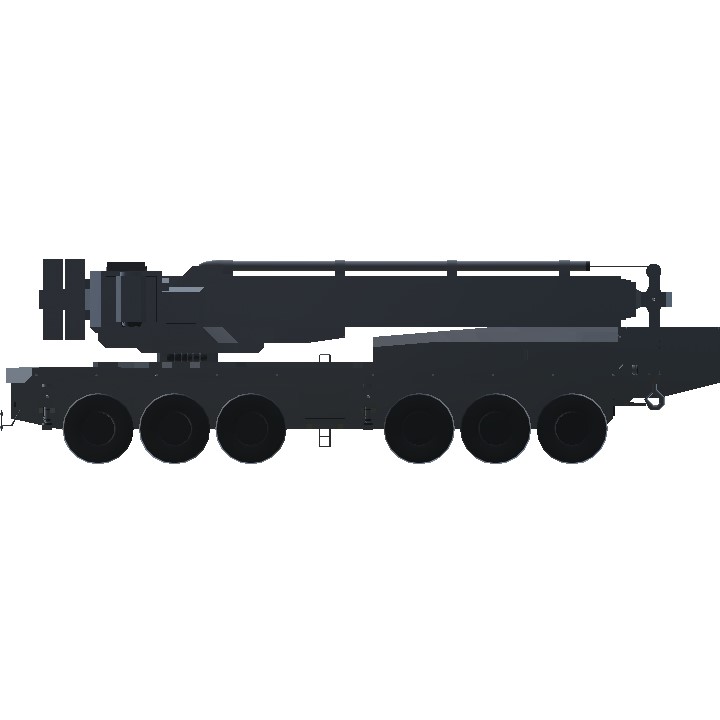
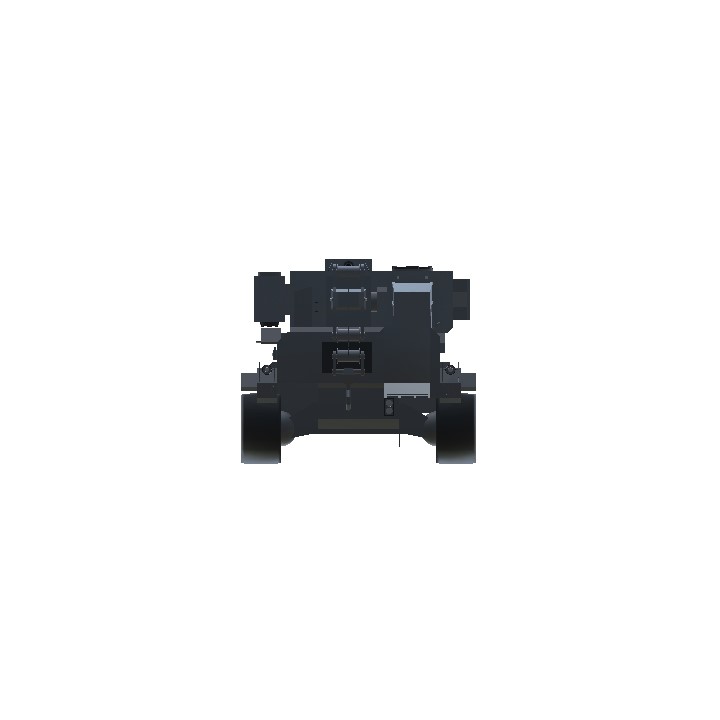
Beautiful! ; )
@ThomasRoderick yes
@ThomasRoderick uchukei isn't spacecrane, spacecrane is the machine class
Kei is cut from scenery (fukei), so basically a messy mix of words that may not be 100% correct
The Japanese in the banner image is a transliteration of spacecrane
wow this is awesome👍👍👍